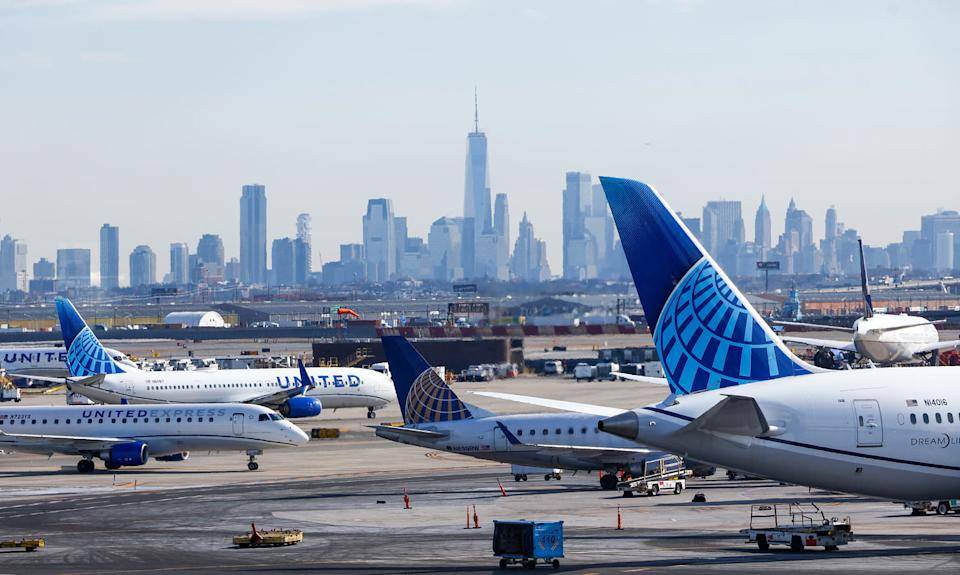Newark Liberty International Airport, one of the United States’ busiest travel hubs, is currently experiencing a significant cutback in flight operations. For travelers used to its fast-paced flow and constant movement, the slowdown is raising eyebrows. But the reasoning behind this decision is layered and rooted in very real logistical, technical, and staffing challenges.
At the center of it all is the major reconstruction of Runway 4L-22R. This ongoing project, which began in April 2025, has temporarily limited how many flights the airport can handle. To manage this, authorities have capped both arrivals and departures to just 28 per hour during the construction window. Even when the work is done, the cap will only rise slightly, still falling short of pre-construction capacity. This limitation alone has had a domino effect on scheduling and airline operations.
But the runway work isn’t the only issue. A deeper problem lies in staffing—specifically, a shortage of air traffic controllers. Newark’s airspace is managed by the Philadelphia TRACON facility, which is currently operating well below the number of certified controllers required. Fatigue, stress, and even trauma from high-pressure incidents have pushed some controllers to take leave, placing more pressure on the few who remain.
Adding to the pressure is outdated technology. Some of the systems Newark relies on have been in place since the 1970s. Recent failures, including a radar and communication outage, have highlighted just how vulnerable these aging systems are.
These kinds of technical hiccups not only disrupt flight paths but also take a toll on the professionals managing air traffic—many of whom are already stretched thin.
Recognizing the growing pressure, United Airlines, Newark’s largest operator, made the strategic choice to reduce its schedule. The airline has cut 35 daily round trips in an effort to ease congestion and maintain some level of reliability for passengers.
Looking ahead, the FAA has promised improvements—new hires, system upgrades, and long-term planning—but those solutions won’t happen overnight. For now, travelers using Newark can expect fewer flight options and potential delays.
What’s happening at Newark isn’t just about one airport; it’s a reflection of broader challenges facing the aviation industry in the U.S. Aging infrastructure, staffing shortages, and increased demand are forcing the system to adapt—and travelers are feeling the impact firsthand.


